To control the MacBook, it is possible to use either a mouse - either a Magic Mouse or a mouse from another manufacturer, or a trackpad. If you're one of those users who prefers to use a trackpad, you shouldn't miss our article today, in which we present five tips to customize the trackpad on your MacBook to the maximum.
It could be interest you
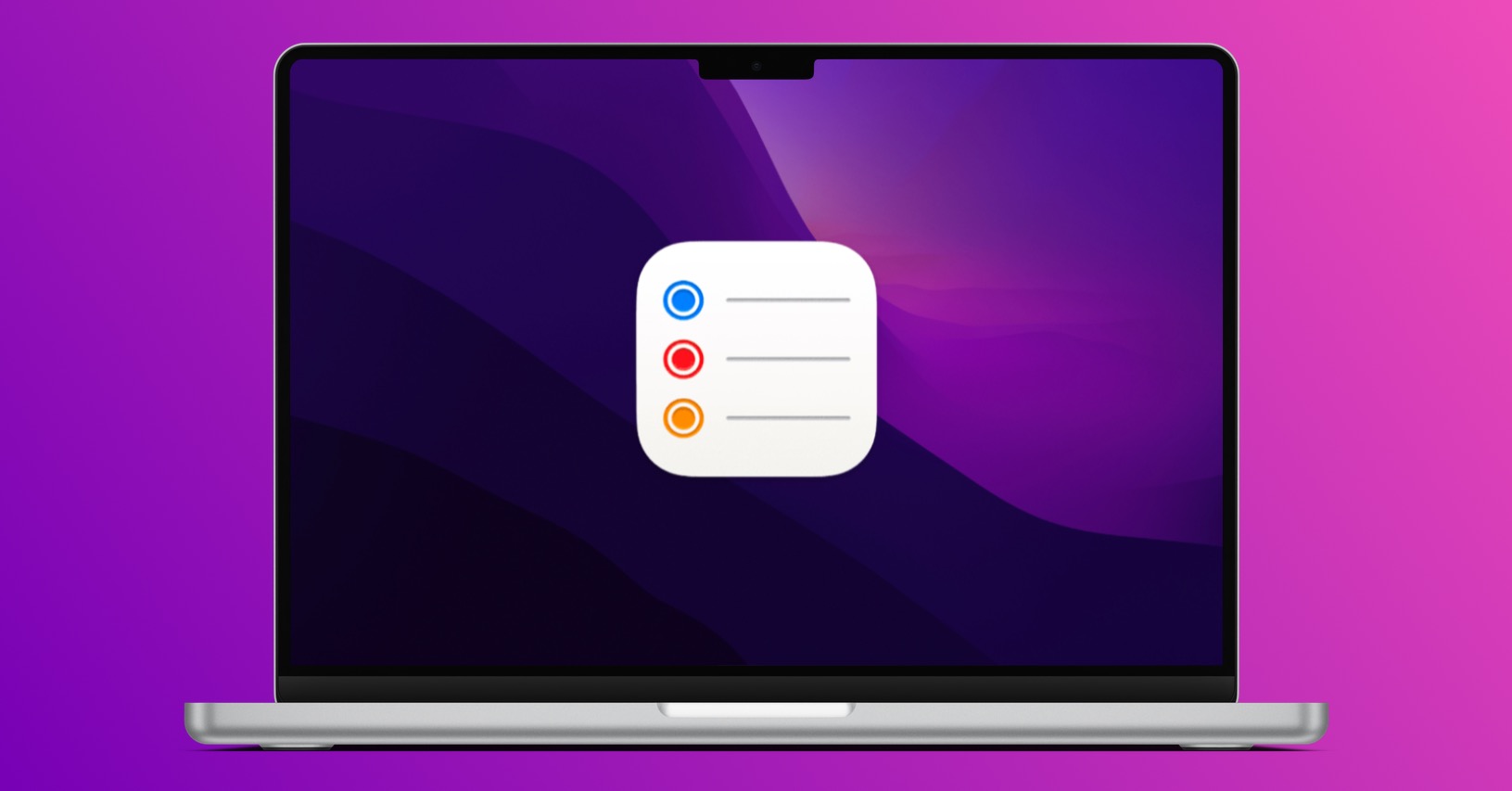
Changing the feed direction
Among the changes that most MacBook owners make right after getting a new computer is changing the trackpad offset. By default, swiping down on the trackpad with two fingers moves the content on the screen in the opposite direction, but many people are not satisfied with this setting. To change the scrolling method, click menu -> System Preferences -> Trackpad in the upper left corner of your Mac screen. In the preferences window, click the Pan & Zoom tab and disable Natural.
Right click
If you're new to the MacBook, you might be wondering how right-clicking actually works on it. By default, you simulate a right-click by gently tapping the trackpad with two fingers. If you're not comfortable with this setup and prefer traditional clicks, head back to the menu in the upper-left corner of your Mac screen and choose System Preferences -> Trackpad. Click on the Pointing and Clicking tab and under Secondary Clicks, expand the menu next to the description of the given action, where all you have to do is select your preferred click method.
Smart Zoom
You can zoom in on the MacBook trackpad by doing a two-finger pinch gesture. If you want, you can also activate the gesture for the so-called smart zoom, when the content will be enlarged after double-tapping with two fingers on the trackpad surface. In the upper left corner of your screen, click menu -> System Preferences -> Trackpad. Then, in the Pan and zoom tab, just check the Smart zoom item.
Movement in the system
You can also use gestures on your MacBook's trackpad to perform other actions, such as switching between apps, swiping between pages, and more. To activate or deactivate these additional actions, click on the menu -> Preferences -> Trackpad in the upper left corner of the Mac screen. At the top of the preferences window, click the More Gestures tab to manage additional actions for the trackpad.
Disabling the trackpad
Our last tip is intended for those who, on the other hand, do not want to use the built-in trackpad on their MacBook for any reason. In case you want to disable the trackpad completely, head back to the top left corner of your Mac screen, where you click on the menu -> System Preferences. In the preferences window, choose Accessibility, where in the left panel you will go to the Motor Functions section. Click Pointer Control, choose the Mouse & Trackpad tab at the top of the preferences window, and check Ignore built-in trackpad when a mouse or wireless trackpad is connected.
It could be interest you
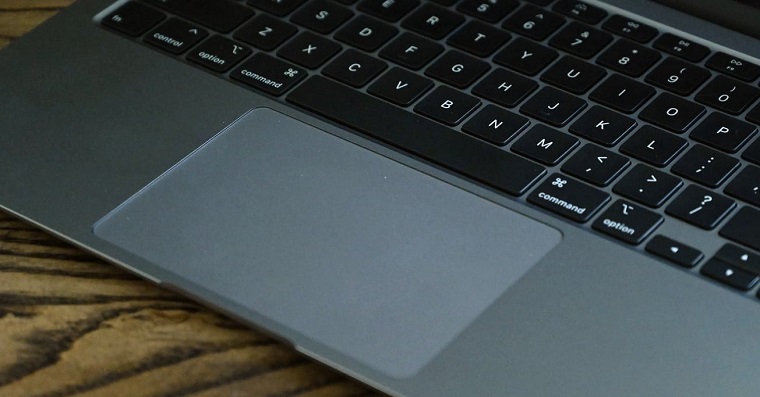
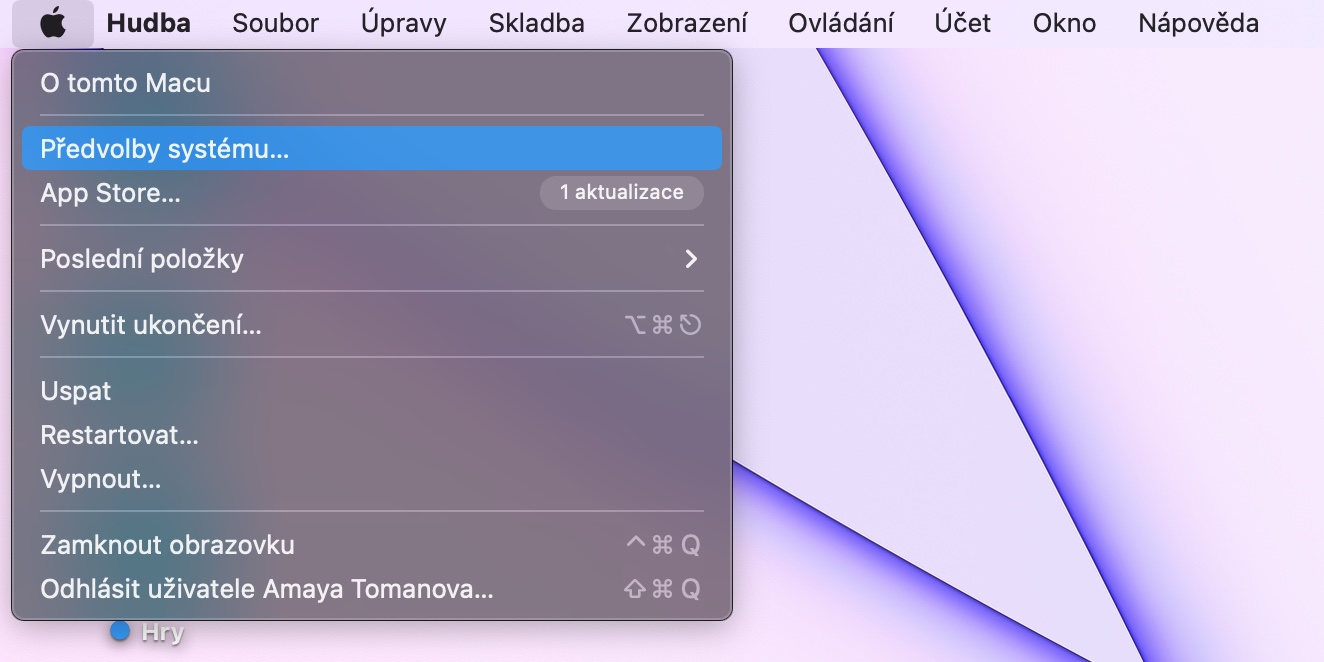

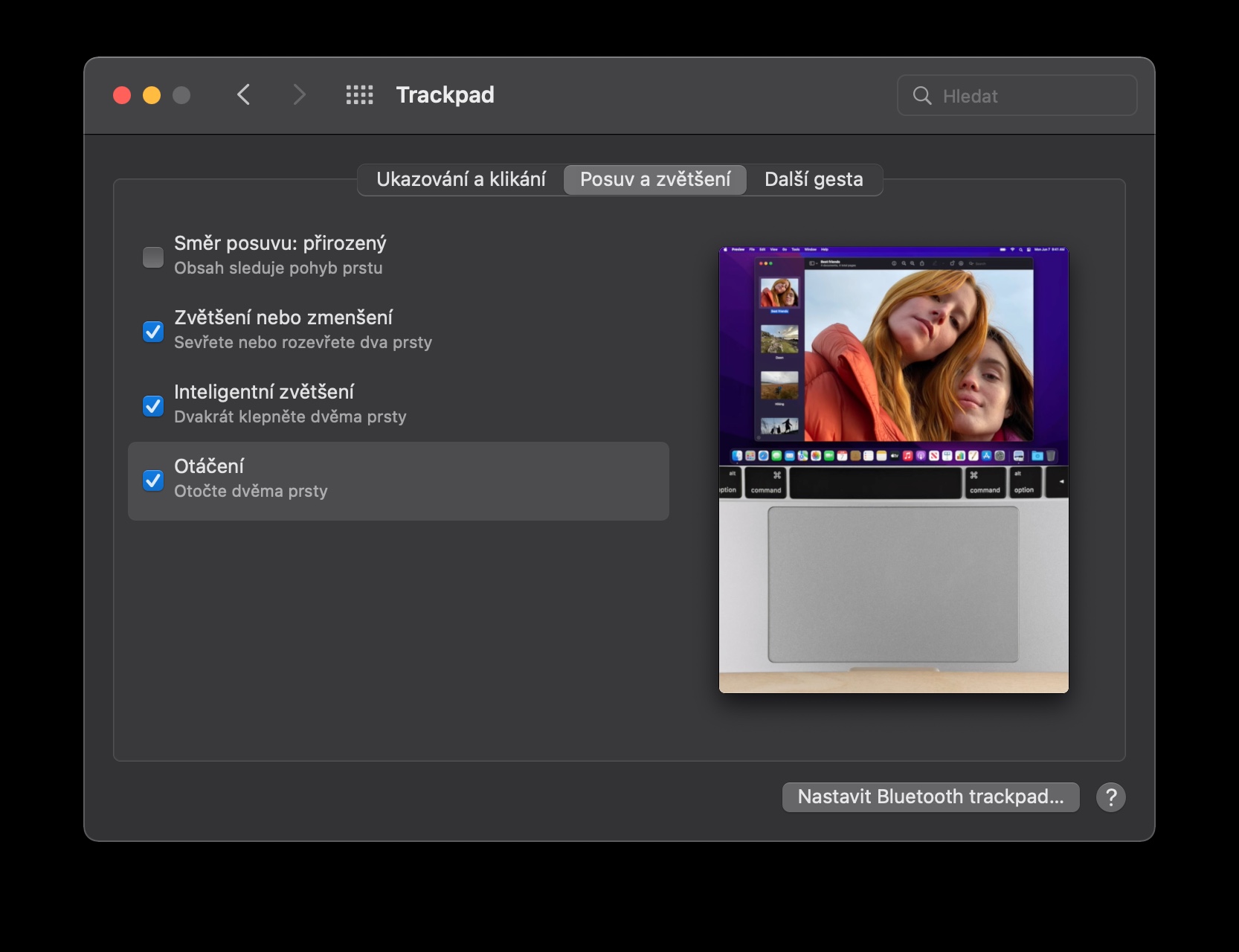
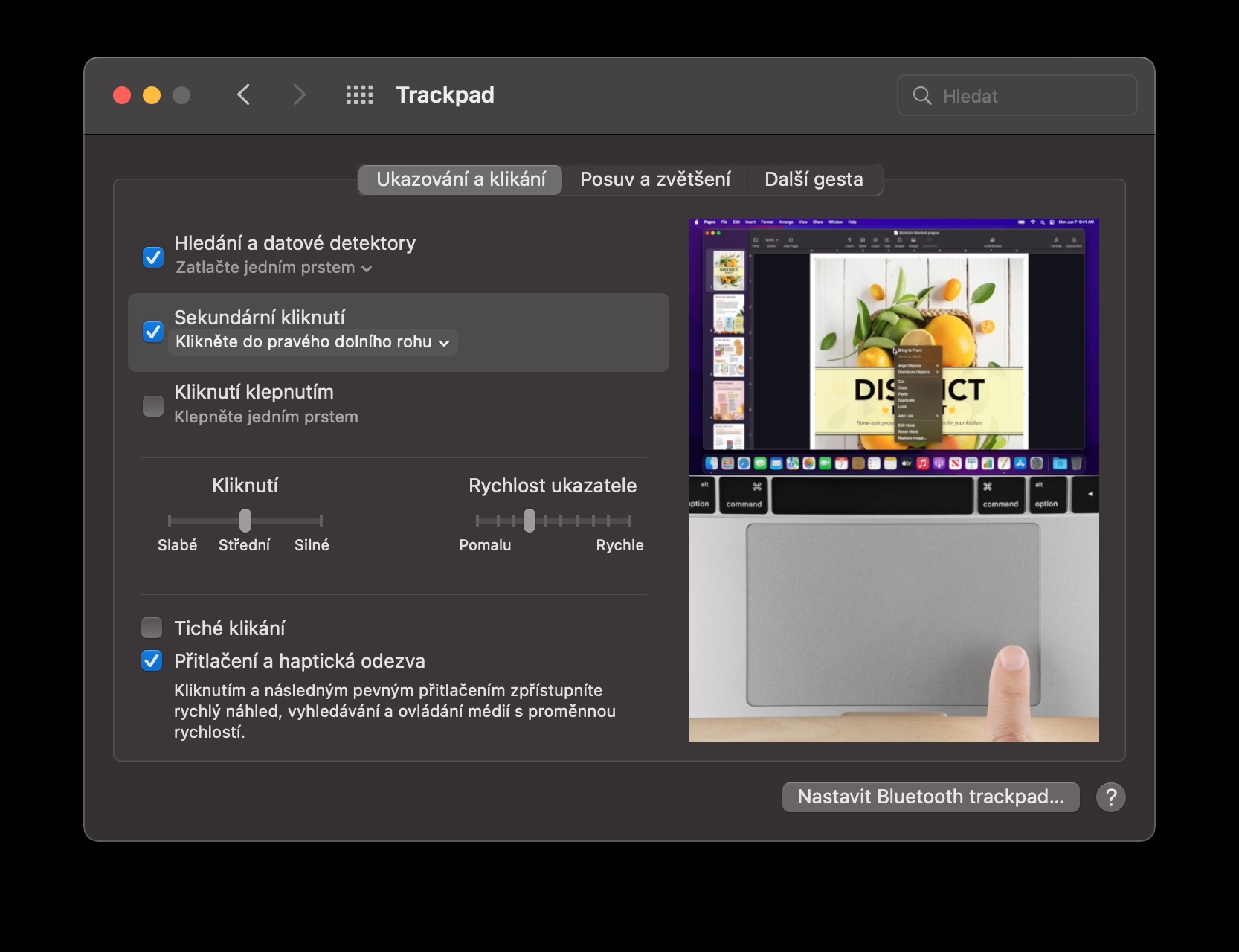
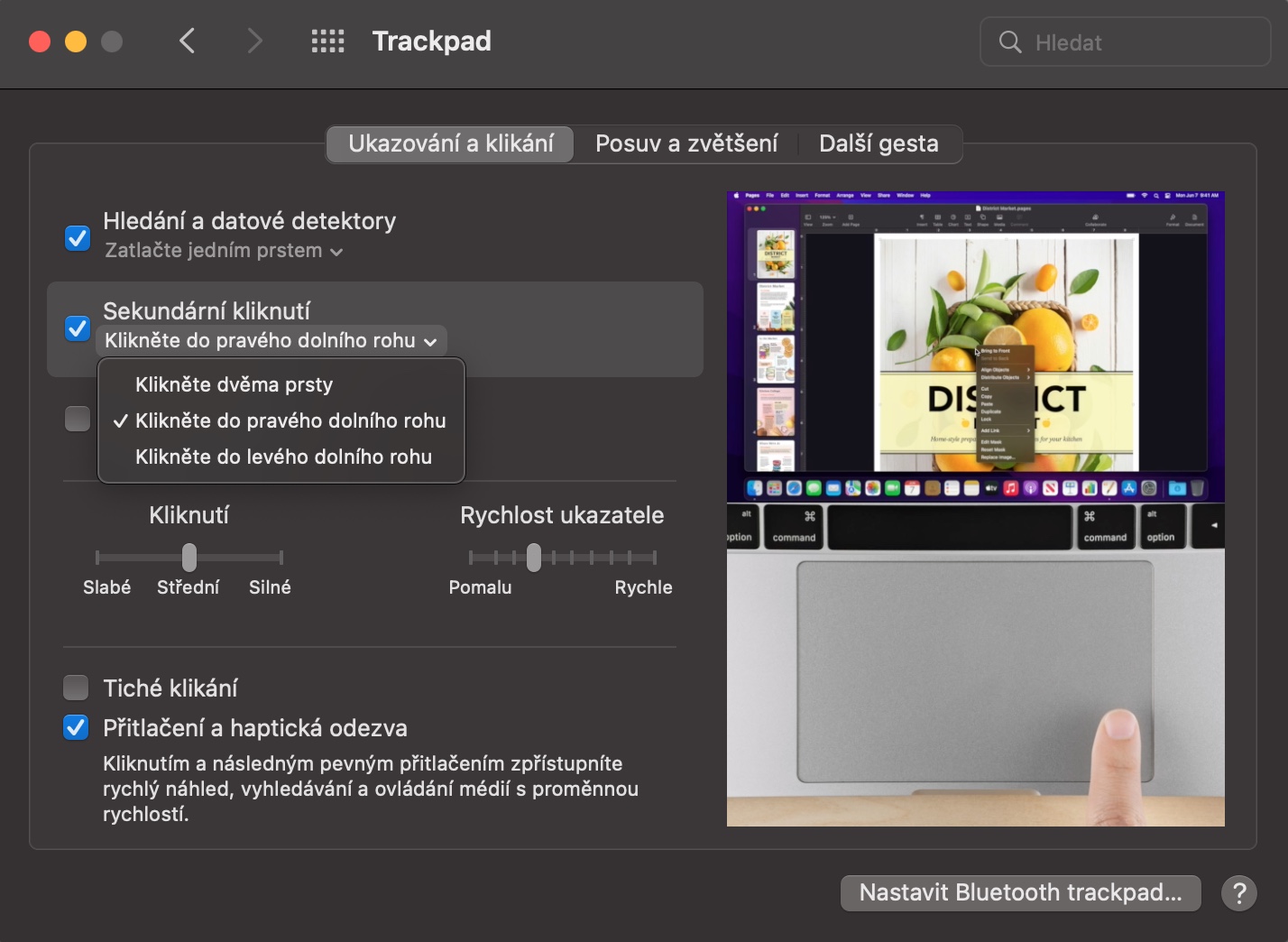

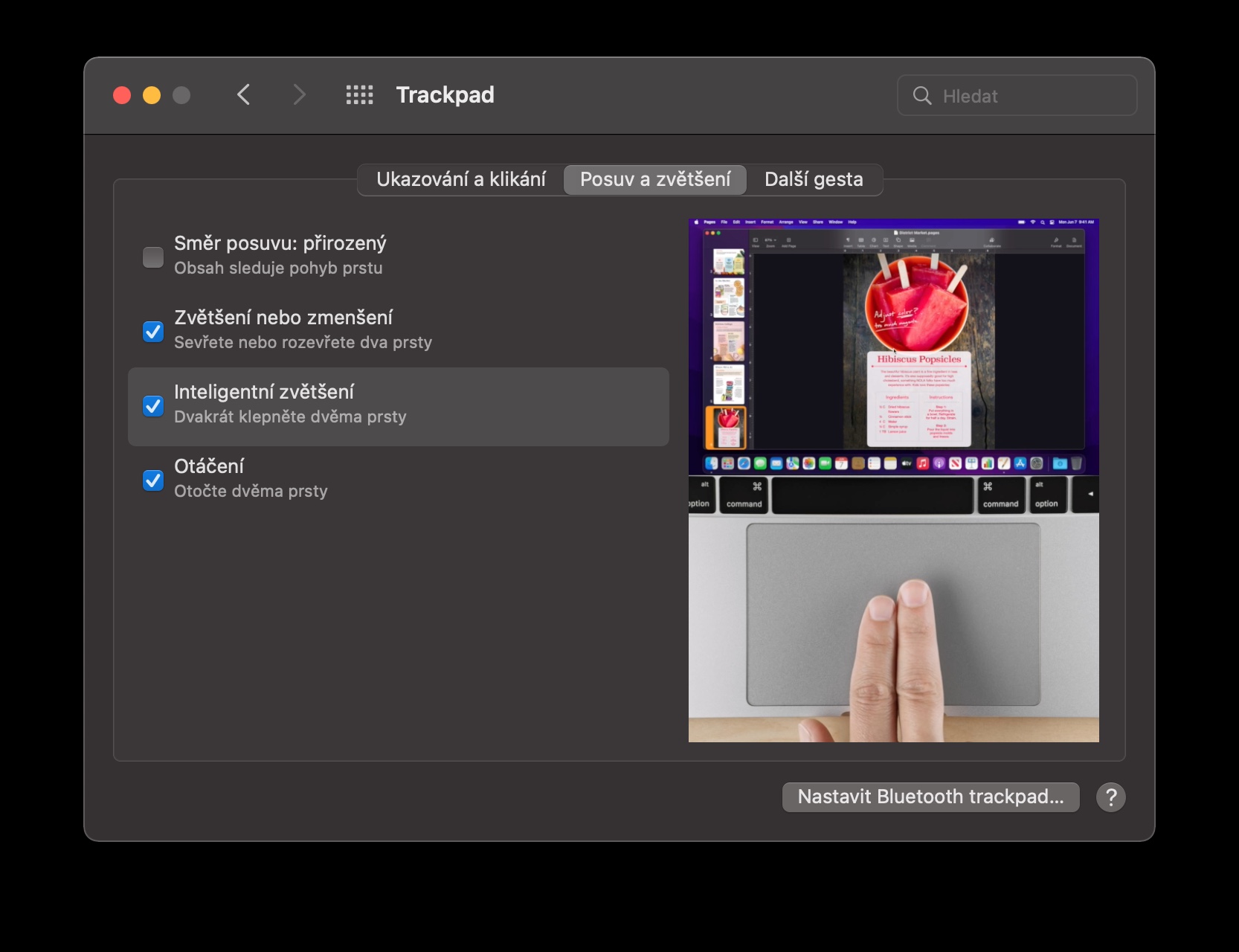

 Flying around the world with Apple
Flying around the world with Apple